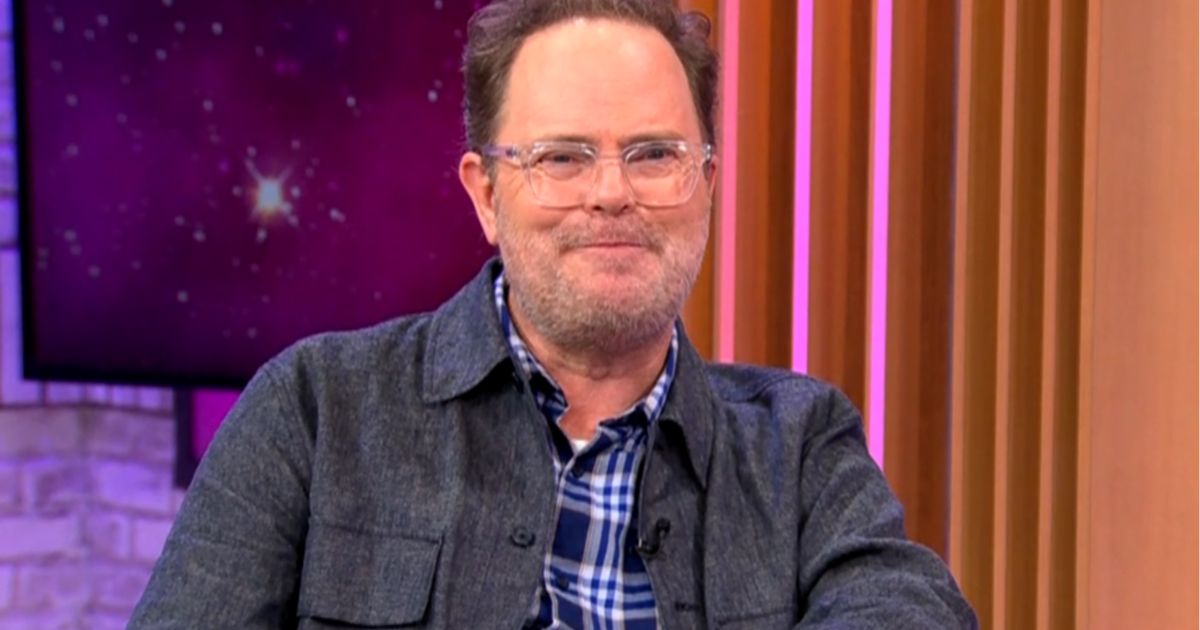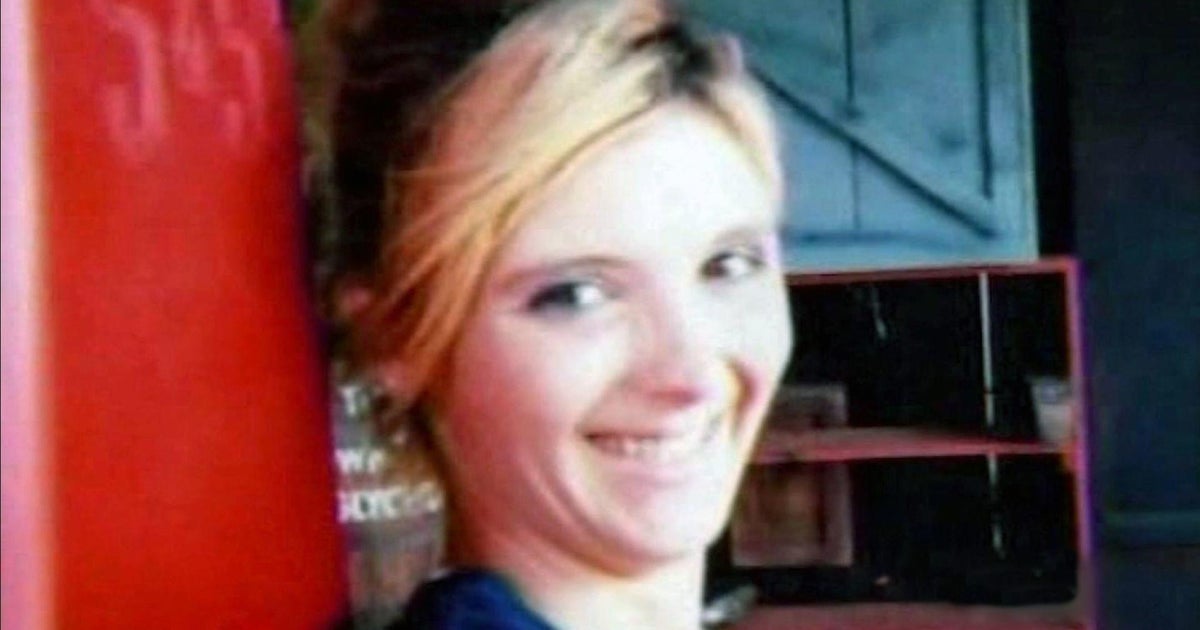A helping hand for "confused" self-driving cars
Before long we won't need someone behind the wheel, but as we've seen, the computers that will be driving us around are not always going to know what do to – like in a construction zone. When that happens, the car is going to need a little help, and one small California startup says it has the answer when the car needs to "phone a friend."
As correspondent Kris Van Cleave was taken for a ride in a self-driving car, Ben Shuckman, a remote driver a few miles away in a Silicon Valley office, announced his presence: "Welcome everybody, my name is Ben and I will be your Phantom remote operator for this drive: I'll be monitoring your vehicle remotely."
California is one of at least five states that now allows self-driving cars to be on the road without a safety driver, if they have a system in place for a human to take over remotely.
If you're wondering why an autonomous vehicle might need somebody like Ben: as self-driving technology advances -- we know that General Motors, for example, is going to build one without a steering wheel, gas pedals or brakes -- if there was a situation where the autonomous car had to stop and didn't know what to do, a passenger couldn't do anything to help. They would need somebody to intervene remotely.
Phantom Auto doesn't build self-driving cars, but they're hoping their technology can come to the rescue of a "confused" autonomous vehicle. It uses cell phone signals and cameras already mounted to the vehicle, so a remote driver can take over in a situation where the car doesn't know what to do – the ultimate backup.
"Say you come to a construction site and you have a construction worker giving hand signals," said Elliot Katz, co-founder of Phantom Auto. "So, the vehicle may approach that construction site and just completely be paralyzed. At that point the vehicle itself would ping a Phantom Auto remote operator, the remote operator would be able to drive you through the construction site in the same way you could drive through a construction site today."
Phantom Auto sees its service working a bit like On-Star, a remote help desk reachable automatically or with the touch of a button by passengers, where one person could be the backup driver for multiple vehicles, leaving the backup for the self-driving car firmly in the hands of a human.
Waymo, the self-driving company owned by Google's parent alphabet, is developing its own assist technology. Nissan is working on a system where the autonomous vehicle would stop and wait for a remote user to draw it a map around an obstacle.
Phantom's technology allows the passenger and remote driver to see and talk to each other. Van Cleave asked Shuckman what it's like to drive a car from very far away. The remote drive replied, "go through a very strict training procedure in order to learn how to operate something completely new."
When asked about the possibility of a self-driving car being hacked, Katz said, "We have a system in place where our architecture can fit into the vehicle in a way where we can override a malicious hacker."
Federal regulations regarding self-driving vehicles are stalled in Congress, leaving oversight largely to the states; some are stricter than others. The self-driving Uber crash which killed a pedestrian in Arizona has prompted states to take a second look at their regulations, as the technology is not yet fool-proof.
Katz said, "We can bridge the technological gap from 99 percent to 100 percent by keeping a human in the loop."
"Even after the Uber crash, you think the technology is 98, 99 percent there?"
"The last one or two percent is a really, really difficult piece of the puzzle to solve. So, it could be years until the technology is at 100 percent."
- Self-driving cars guide (CNET)
- Should you worry about self-driving cars? (CBS Moneywatch, 03/26/18)
- Self-driving trucks may be coming to a highway near you (CBS Moneywatch, 09/06/17))
- Automation nation ("Sunday Morning," 08/07/17)
- Hands off the wheel ("60 Minutes," 10/04/10)





